What does Krisztina Egerszegi, Rudolf Kárpáti and the Polgár girls have in common? First of all, they all wrote their names into the big book of Hungarian sports history, and they all had animated movies made about them. In terms of its genre, the “Fledglings” is an animated sports movie series, where each and every episode gives insight into the childhood of the excellent athletes of a different sport. How does one become the best? Scroll down and see for yourself.
Animation director Ervin B. Nagy and his team created a movie which is already unique in terms of its genre. As a matter of fact, we don’t know any animation teams that have endeavored to do this: to create a sports movie that can be understood and enjoyed even by an elementary school student. Sports movies are primarily dedicated to an adult audience, who don’t have any problem with a good left hook, or a painful ligament injury. In opposition, “Fledglings”, with its seven minutes running time, tells the story of how Little Mouse trained with a can of liver pate on her forehead, or what instrument did six-time Olympic gold medalist fencer Rudolf Kárpáti play before stepping on the piste. We asked Ervin. B. Nagy about the project.
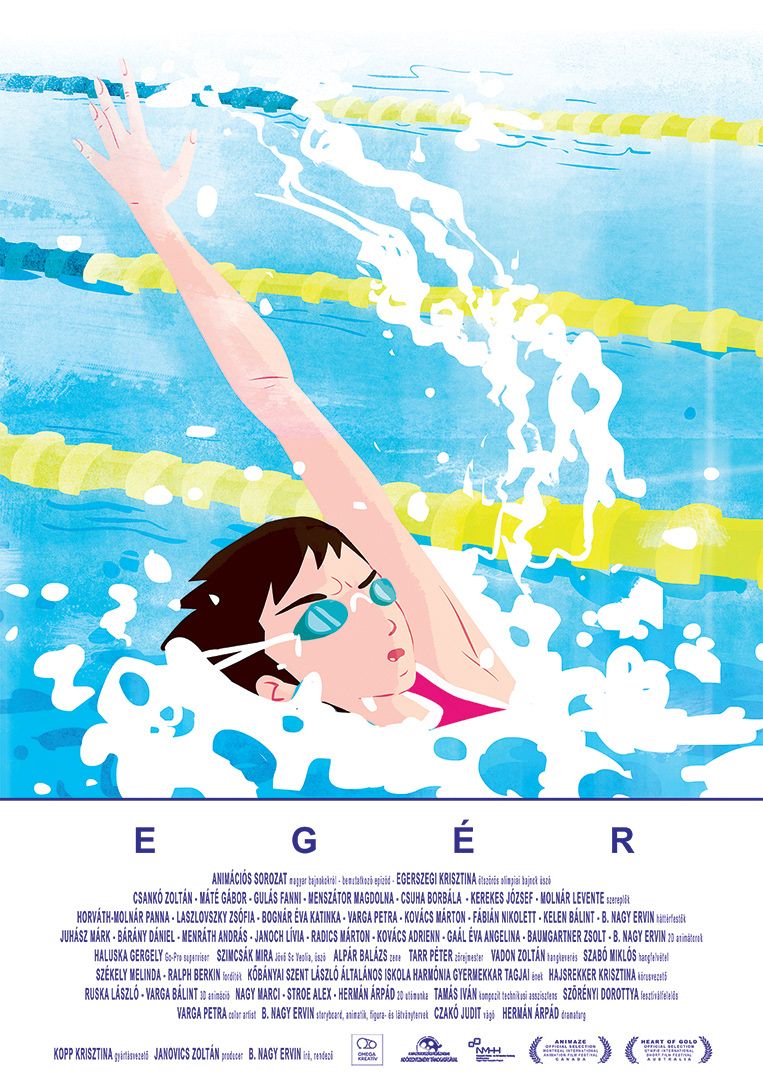
Your series “Fledglings” presents the childhood of Hungarian Olympic champions. Where did the idea come from? Why did you choose athletes?
I found a documentary on Krisztina Egerszegi in the year I was graduating from school. It was exciting to see how much and nerve-racking work it took her to prepare for each contest. I could identify with this rat race situation (although not even on a similar level): at that time, I was working on my diploma film 0/24. I was thinking about how if I looked into a program guide, I would sure be interested in a cartoon about Egerszegi.
Me and my colleagues started to look for animation sports movies, and we hardly found any. There was Animatrix: World Record, the old TeleSport opening credits, Állatolimpia known from our childhood, LEGO Sport Champions and some animes. We started to hope that we could bring something new to the Hungarian audience with our plan.Then, we agreed with producer Zoltán Janovics that we would focus on the childhood and young age of athletes (also keeping the target audience in mind), and that every piece would be about a different athlete and a different type of sports. We checked what Hungarians were good at, and created the plans of the episodes.

All three episodes of the series have been implemented in the framework of the Gyula Macskássy animation movie call. Could you tell us a bit more about the creation process? For example: approximately how much time does it take to create a short movie of 7-8 minutes like this? What work processes are there, how much time must be dedicated to them and who works on the different episodes?
We won subsidies for the first episode (“Little Mouse”) in 2014, for the second (“Kárpáti”) in 2017 and for the third (“The Polgár Girls”) and fourth (“Laci Papp”) episodes in 2018. We had a little bit more than one year for creating each episode, but in the case of the remaining parts of the season, we would like to produce several episodes simultaneously. With this schedule, the entire season could be done in 2 years in a manner that the crew’s momentum and enthusiasm could also hold out.
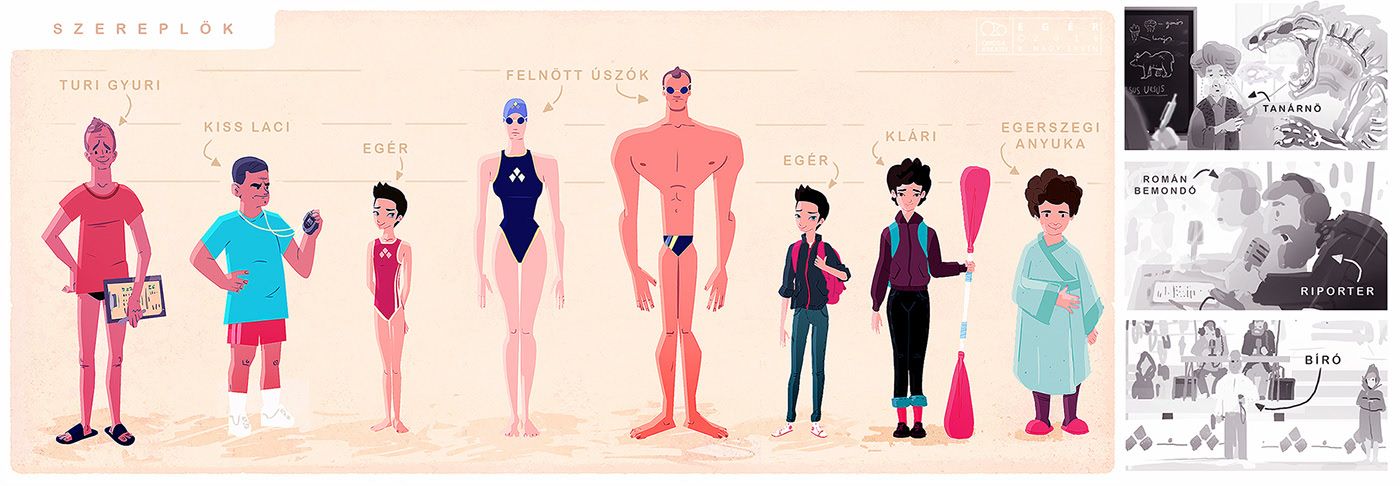
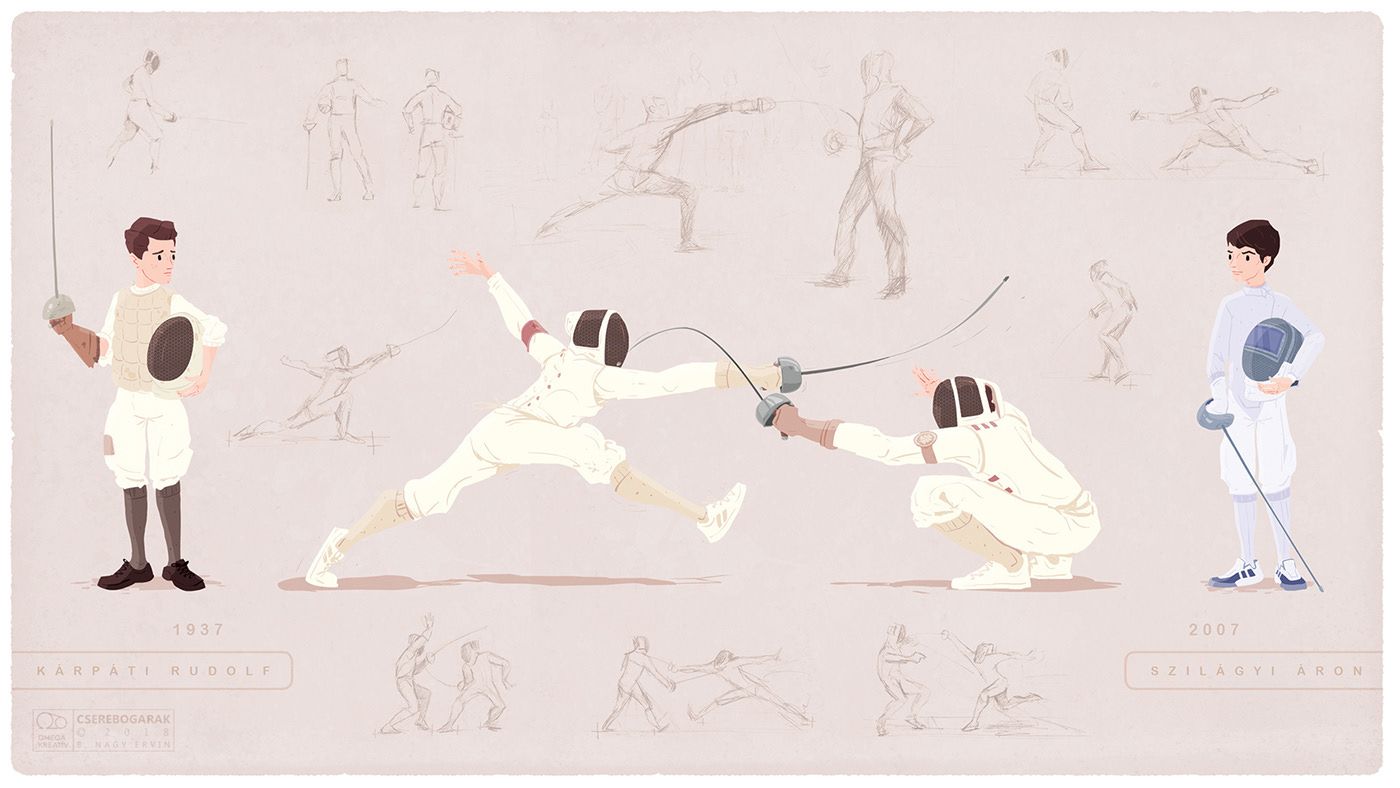
The work always starts with collection. Then we create the first character and scene designs (concept art), and we write the 7-8 page long script, and pre-record the dubbed voices with 5-6 actors. Then we draw the storyboard consisting of 100-120 images and then comes the preliminary sequence of sketches of the 7 minutes long film (animatic), in which we pre-cut and schedule all the shots with the noises and dialogues. Then we prepare the 40-50 layouts, provide the 10-11 color scripts based on which all background painters can paint in a uniform color palette. Then we prepare the 100-110 animation scenes that need to be animated (precomp). We then combine the layers of the prepared backgrounds and the animated characters during composit, we add lights, shadows and various effects. Then the “digital scissors” finalize the visual part of the movie (picture lock), the final music and noise band is added: the sound designer mixes it so that everything sounds at the proper place and proper time and then comes te final save (final render).
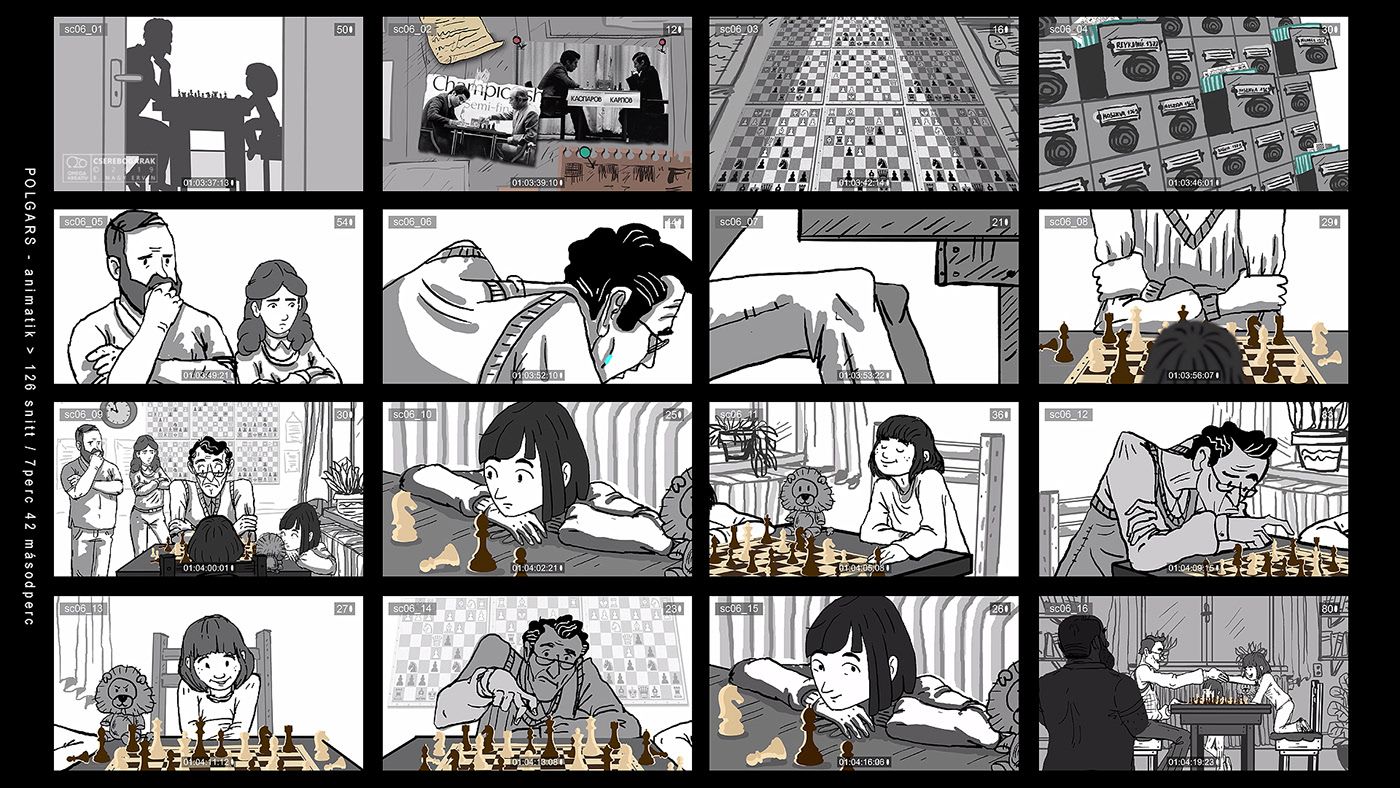
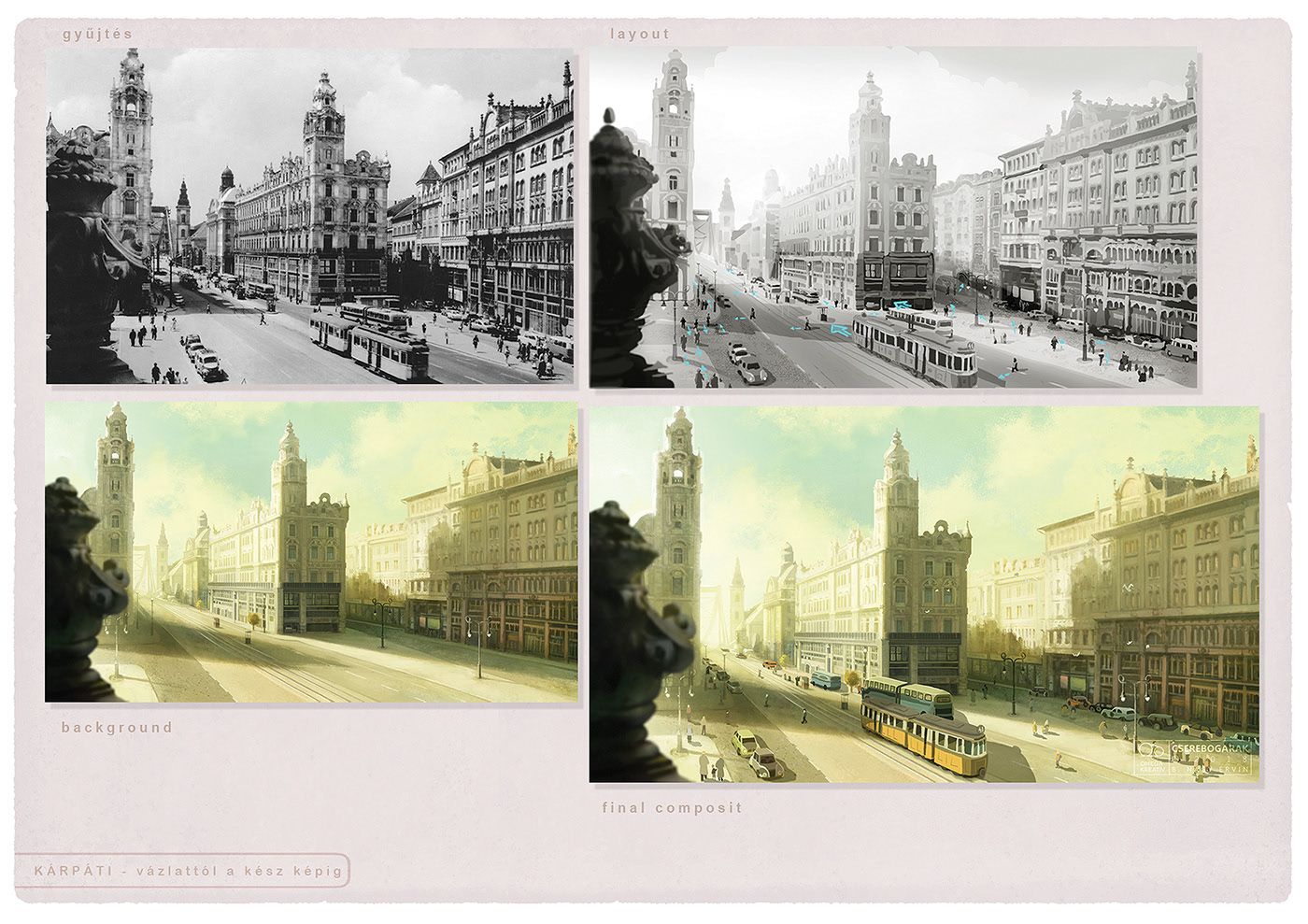
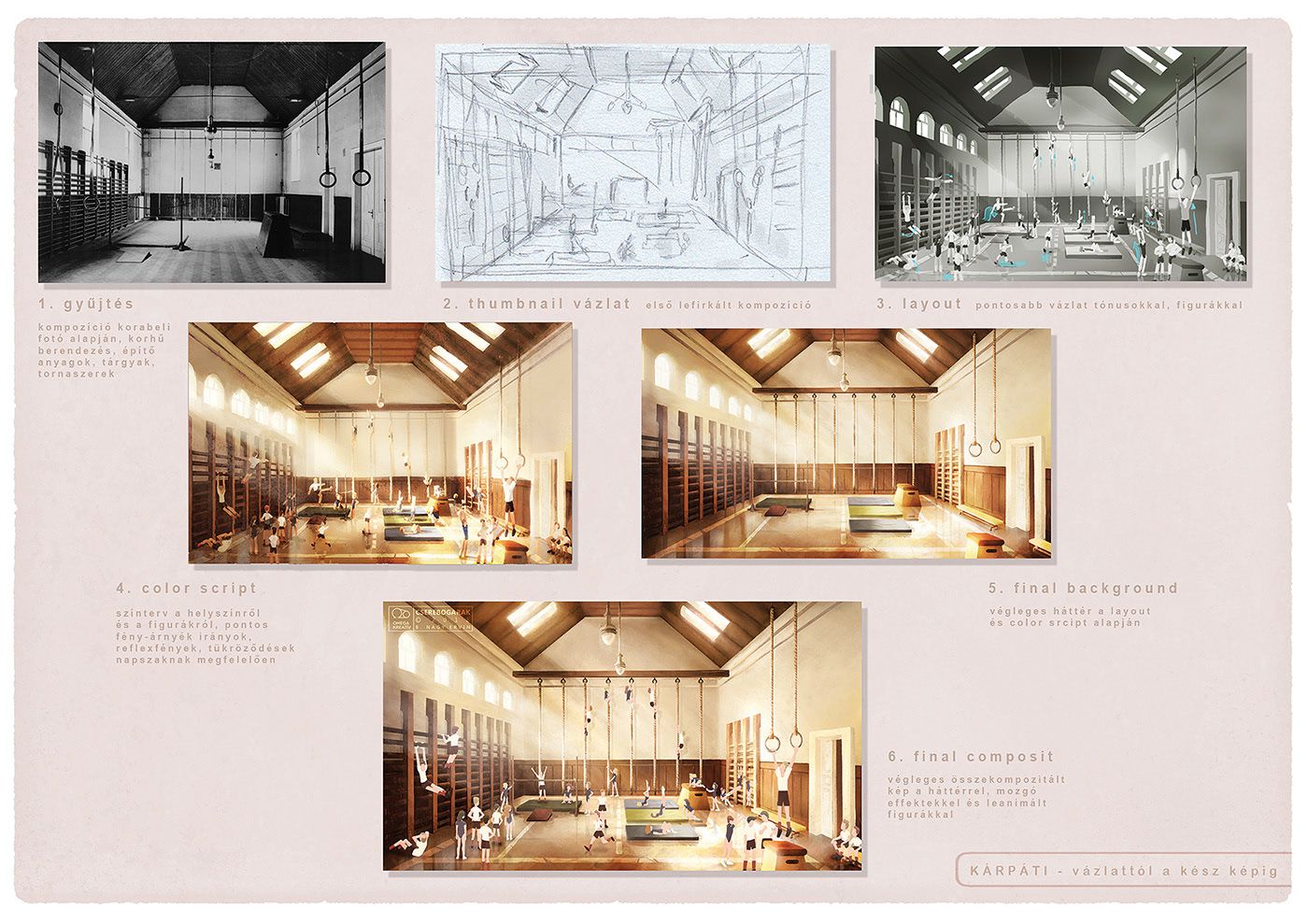
Perhaps by now you have guessed that it’s a continuous team work. We work together with approximately 40-50 freelancers, who dedicate a couple of weeks or months to the “Fledglings” project in the separate phases of production. I would like to highlight the color designs of Petra Varga, the 3D scenes of László Ruska and Bálint Varga and the excellent work of our composer Balázs Alpár, with which they all contributed to the unique visual and audio world of the episodes.
Three episodes came to life so far: the audience could get to know the story of Krisztina Egerszegi, Rudolf Kárpáti and the Polgár girls. What plans do you have with continuing the series? The main character of the fourth movie will be László Papp. What further episodes can we expect?
After we decide which type of sports is targeted with which episode, we search for the best person to represent it. On the one hand, we browse through the most successful athletes, but we also aim to find parts of the given person’s childhood that can be adapted well, and, last, but not least, the personality of the athlete perceived by the population is an also an important factor.
Our collection work usually starts with examining biographies, documentaries, interviews, reports and articles, but we also collect photos and motion picture references at the beginning – the first drawings are made based on these. I cannot tell you just yet who the characters of coming episodes will be, but if you keep your eyes open, you may just find the 13 pictograms that foreshadow the episodes coming amongst the drawings of the series.

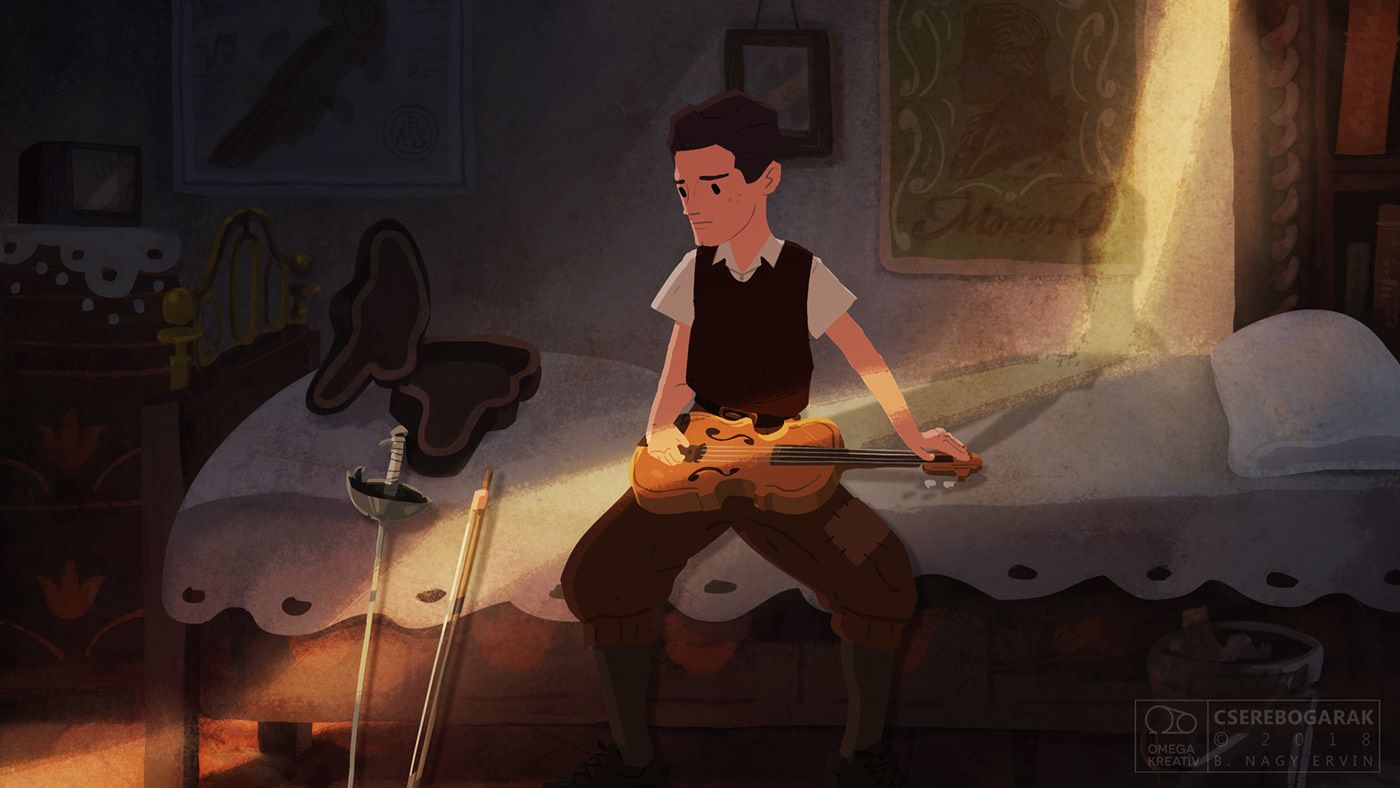
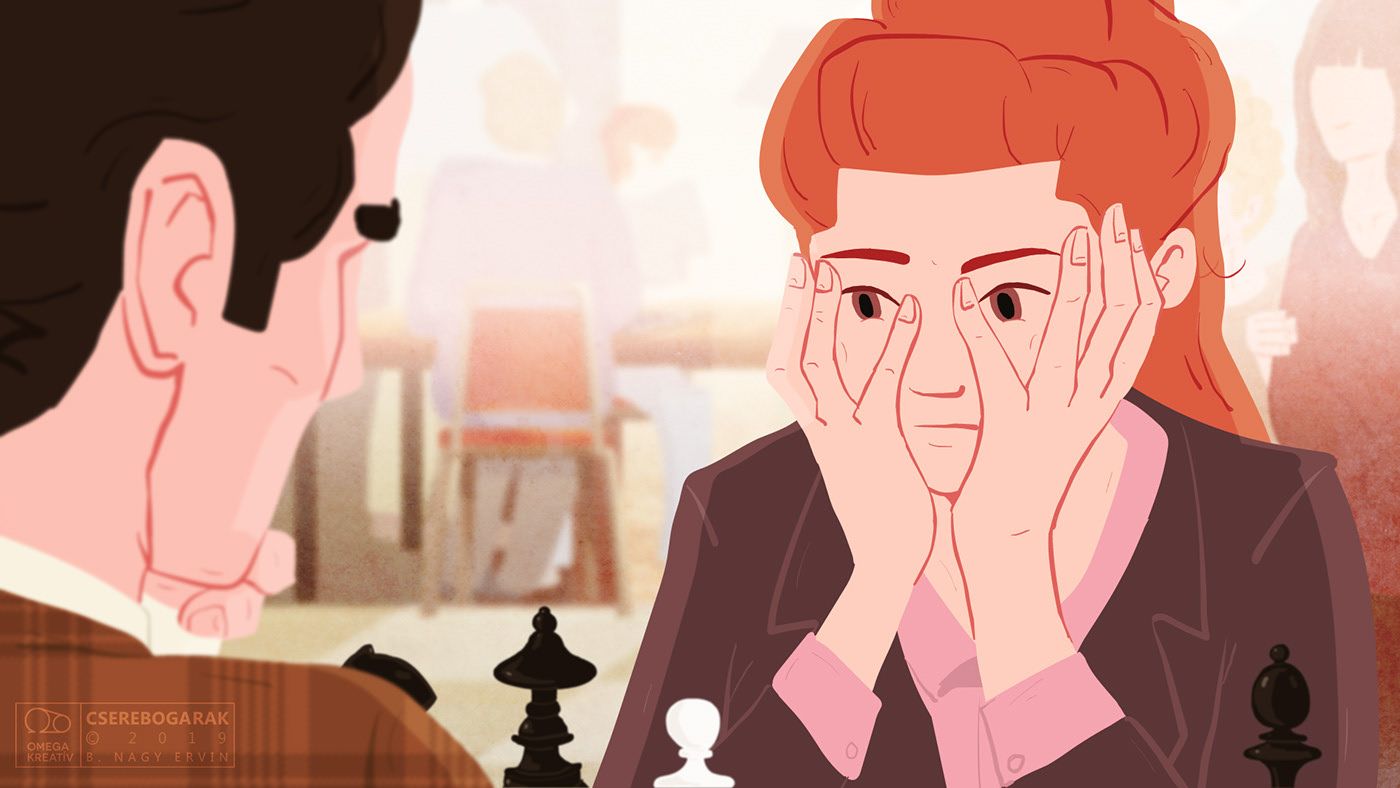
This genre is quite unique as you do not tell a fictitious story: you present a true and known person, an athlete. You have to look into them in great detail in order to present the story authentically, therefore, as you have said it, production is preceded by an immense research work. And we haven’t talked about what the main characters have to say about this yet. How did they react when you contacted them with the idea of the animated movie?
In addition to the detailed research work, we also dedicated a lot of our capacities to incorporate authentic locations, household objects and clothes into the scenes: sometimes even into the insignificant corners of the sets – inspired by The Busy World of Richard Scarrystory books. I am convinced that this thoroughness strengthens the milieu of the different episodes and we also try to create the atmosphere of the given era with a documentarist approach to a certain extent.
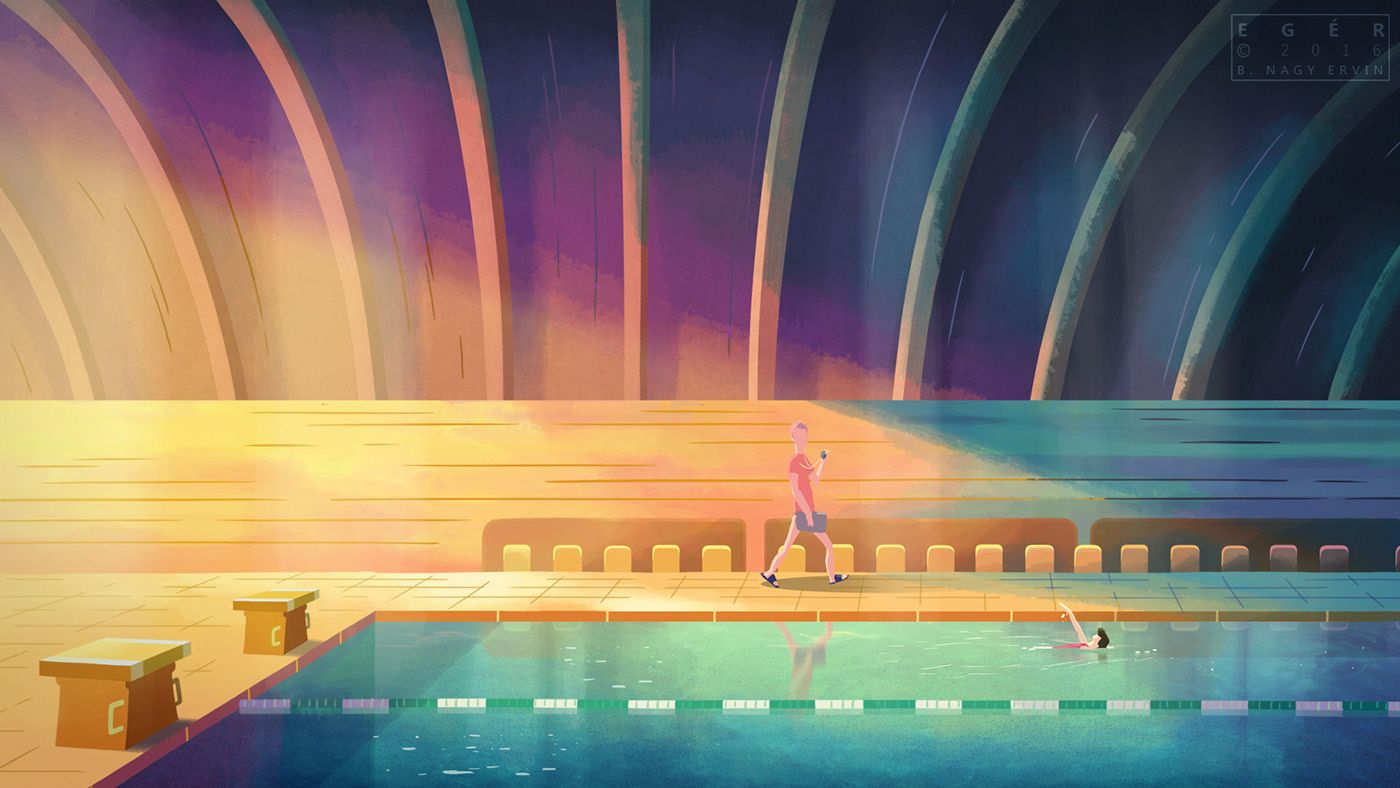
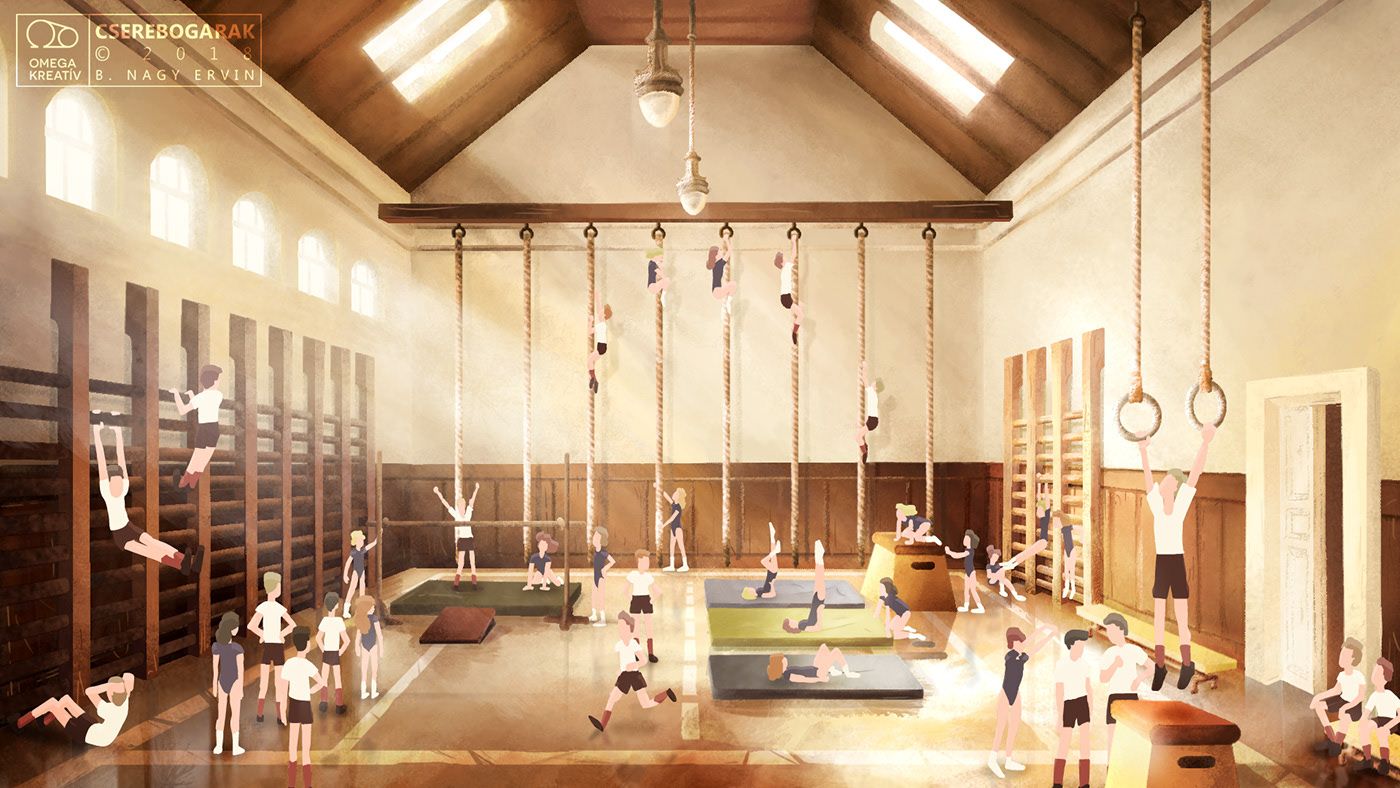
We contact our lead characters with the same attitude. If we have the opportunity to collect extra first-hand information, we are happy to contact them. When we met Krisztina Egerszegi, she told us her ominous trick of balancing with a can of liver pate, which we were particularly happy to draw into the first episode. Or when we showed the animatic to Judit Polgár from the third episode, she immediately listed the 5-6 scenes in which we drew the alternating light-dark squares of the chessboard wrongly.
And of course we were always eager to see how the lead characters react to their drawn doubles. At the end of the day, we calmed ourselves with the thought that the cartoons are primarily made for the audience and not for the characters. With the consent of the main characters, we primarily aim to convey conclusions and messages to them through the different episodes.
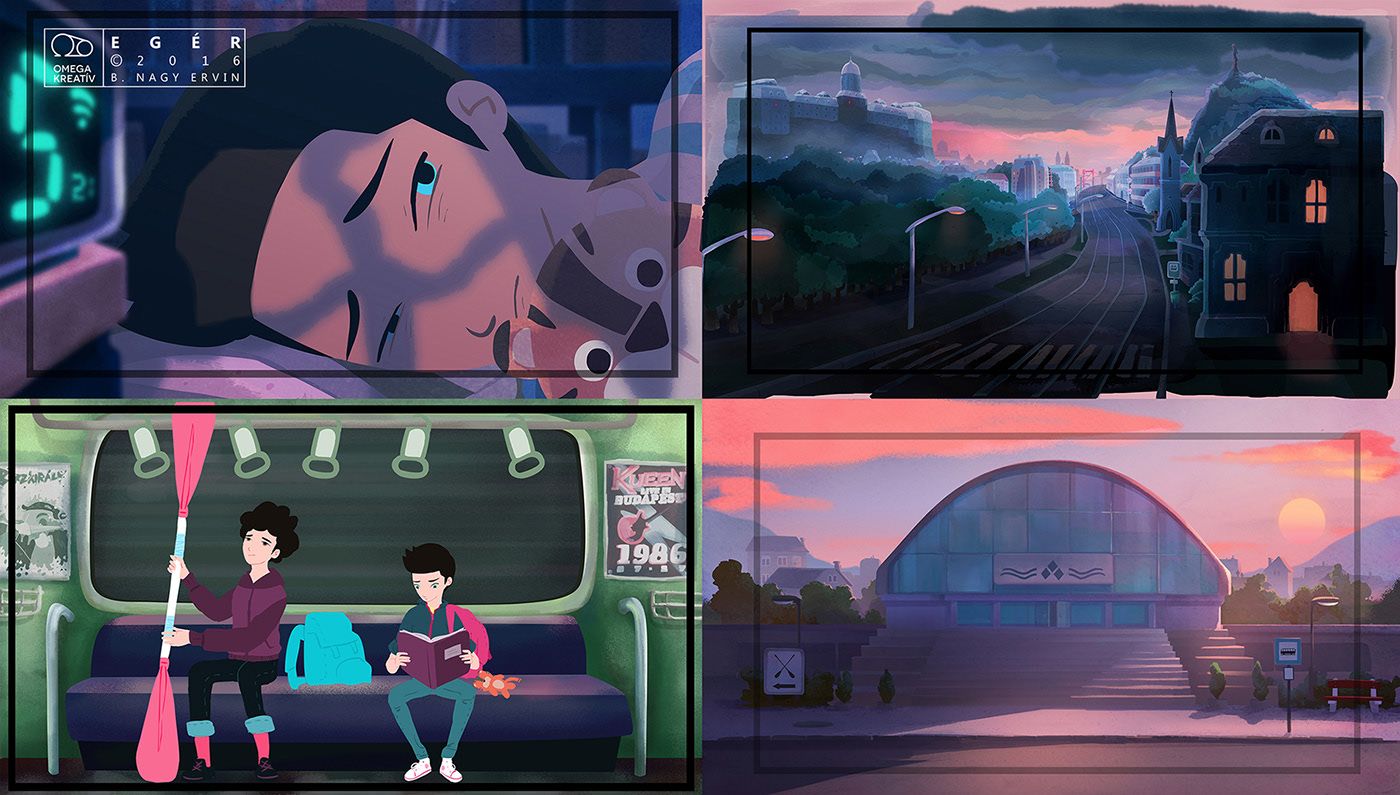
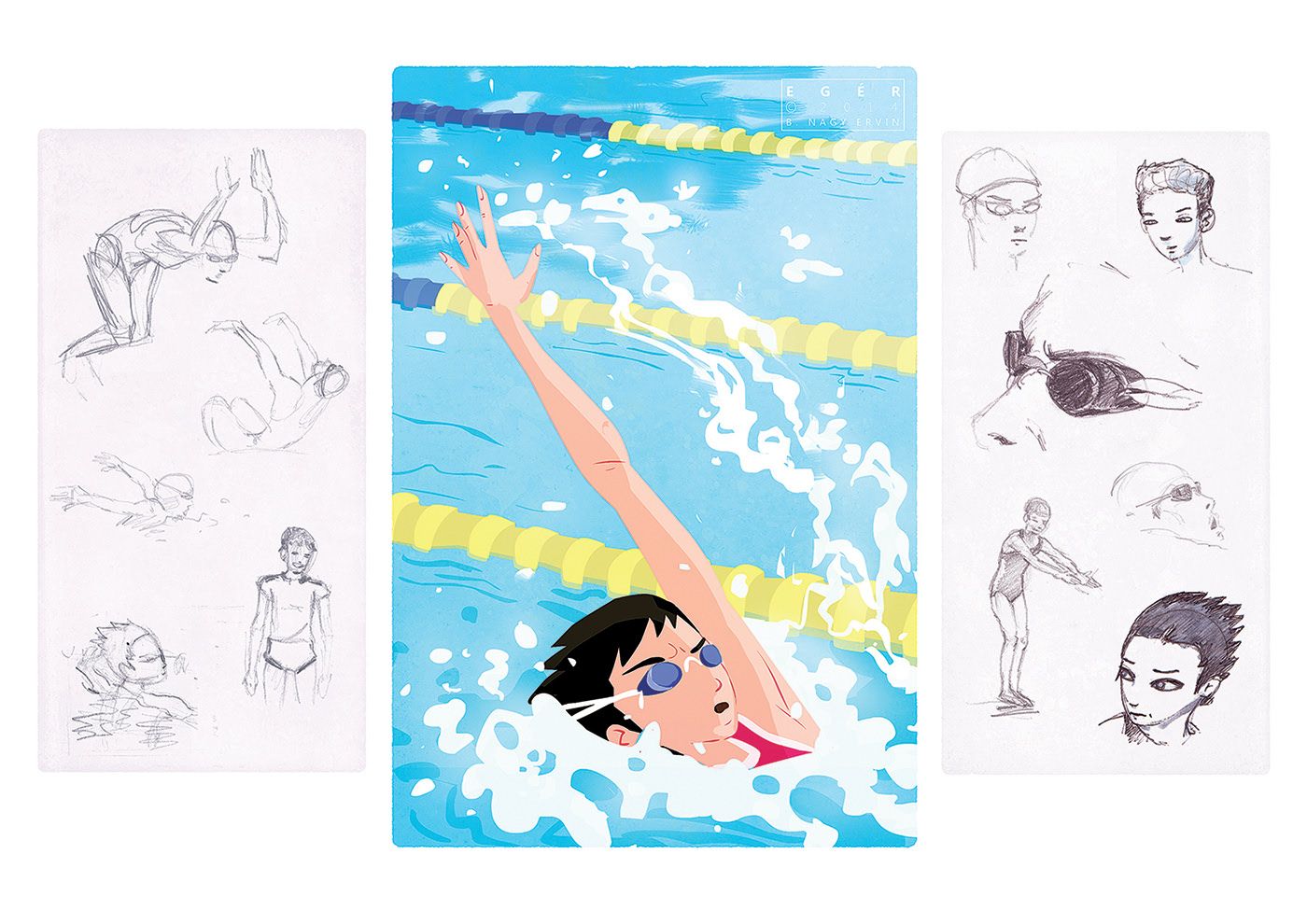
The episode on “Little Mouse” has already debuted on several Hungarian and international film festivals, and it has won many awards, too. Which film do you love the most and why?
Every episode is different, and we try to emphasis this even more with the story, the character, and colors and genre, too. One is fresh and with a bold plan, the other is more quaint and shabbier, with more static setting, while the third is full of musical montages, and this is what gives the character of the episode.
As the director, I have this constant feeling that the next one will be my favorite, one that is not ready yet and can be still shaped as we like it. The process is sometimes even more exciting than the end result. At the very beginning, I only see impressions and a cavalcade of brilliant ideas, and it is very appealing to mold these together and fill with content.
Based on the audience feedback, we understand that everyone likes a different episode the most. There are people who like the nostalgic mood of pictures in one of them, and the raising of the main conflict in another one, or the drama of the story. We started to draw the first episode almost 6 years ago, and although we do our best to create a uniform visual world in the entire series, this series plan still feels like it is an animation anthology consisting of 13 separate films – and if I give it another thought, this offers an excellent opportunity for us, creators, to renew and reborn in every episode during the long years of production.
You can check out the episodes of “Fledglings” that have been published so far:
EGÉR / LITTLE MOUSE (2016)
KÁRPÁTI / KARPATI (2018)
A POLGÁR LÁNYOK / THE POLGAR GIRLS (2019)

Tokyo 2020 - kinetic sport pictograms

Morocco x Budapest | Berber Budapest










